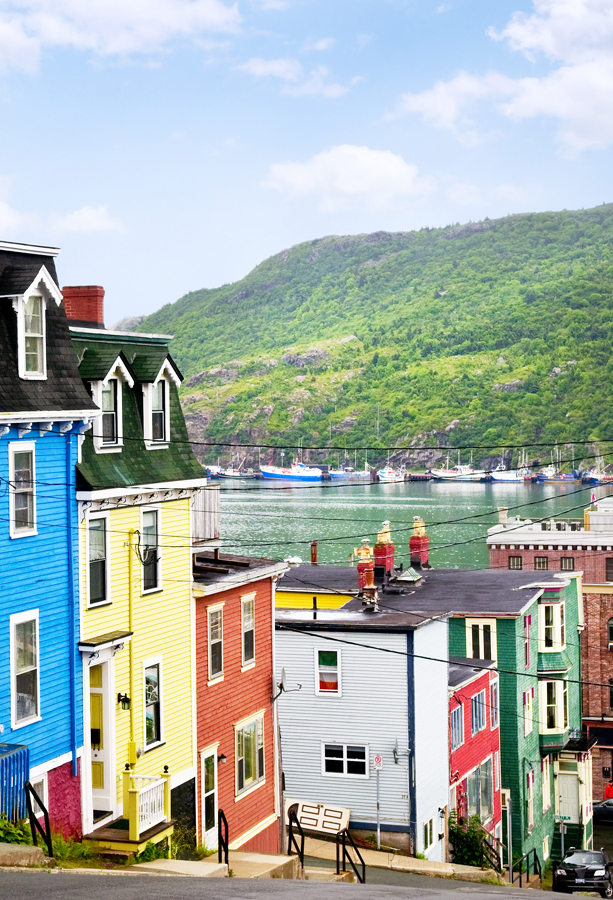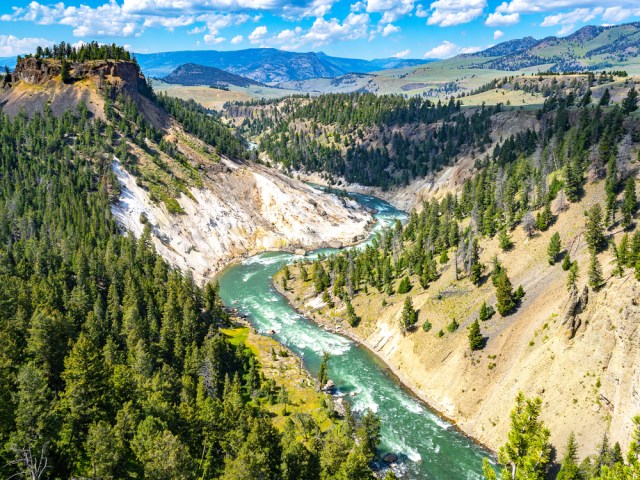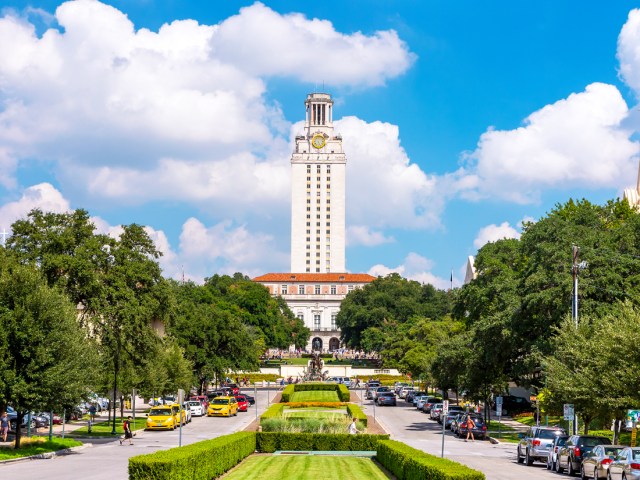No matter where you travel, you’re bound to experience wind. Wind is caused by the uneven heating of the Earth by the sun and the planet’s rotation. While some locales are known for frequent light breezes, in some places, strong gusts are a fact of everyday life. Curious about which places experience the most windy days on average? Hold on to your hat as you discover six of the world’s most blustery cities below.
St. John’s, Newfoundland and Labrador, Canada
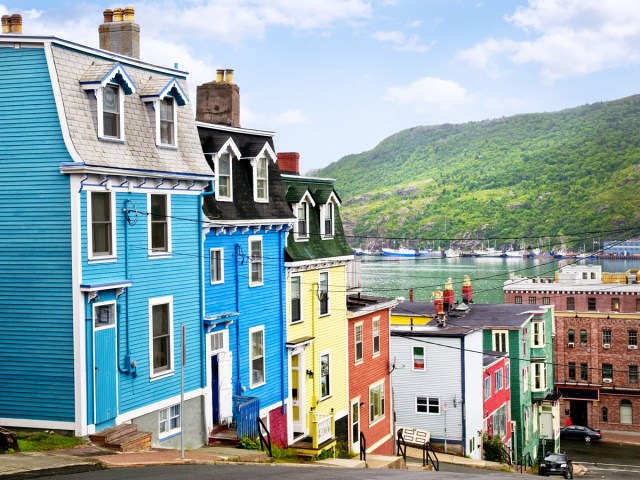
Located on the easternmost point of Canada’s easternmost province is St. John’s, the capital of Newfoundland and Labrador — and one of the windiest places in the country. From October to April, the windiest months of the year, the breeze blows at an average of 13 mph; for the remainder of the year, the average wind speed is 10 mph. In 2021, the city recorded 143 days with gusts of over 37 mph and 12 days when the gusts reached over 62 mph. On top of that, St. John’s is also one of the cloudiest, foggiest, snowiest, and wettest places in Canada.
St. John’s first came to prominence in the early 16th century when the Basques, French, Spanish, Portuguese, and English all took advantage of its strategic harbor and fishing opportunities at various points. The first permanent settlers took root in the 17th century, and today the city is famous for its colorful row houses located in the harborside downtown district. Towering above the city to the north is Signal Hill, where walking trails lead to scenic viewpoints and the historic Cabot Tower.
Dodge City, Kansas

Kansas is located in the heart of Tornado Alley, the region of the U.S. where tornadoes are most frequent. Dodge City is one place within the state where locals are familiar with persistently blustery conditions — the result of high-pressure systems that sweep down from the Rockies and across the High Plains and mix with low pressure systems that rise up from the Gulf of Mexico. Late February to late June is typically the windiest time of the year, with wind speeds topping out an average of 13 mph in April. In December 2021, a powerful windstorm produced the city’s highest record gusts of 84 mph.
For those undeterred by windy weather, Dodge City makes for an interesting pitstop on a tour of the Midwest. Reenactments of gunfights, variety shows, and other aspects of the Old West take place at Boot Hill Museum. The Gunfighters Wax Museum also has life-sized sculptures of legends of the era like Billy the Kid and Wyatt Earp.
Punta Arenas, Chile
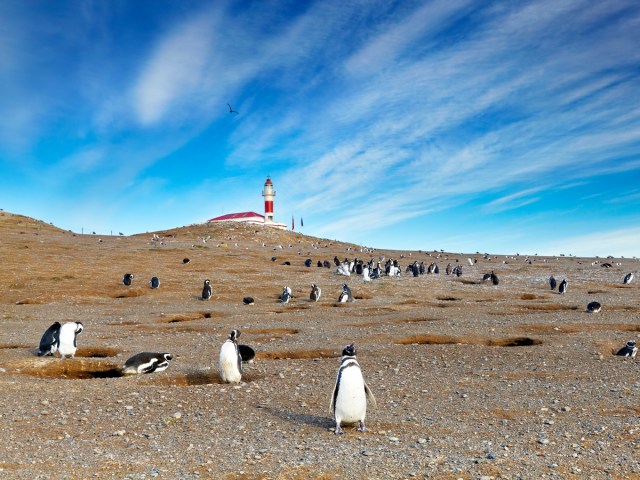
Located in the deep south of Chile’s Patagonia region, Punta Arenas is windy no matter what time of the year it is. This shipping port sits on the Strait of Magellan, which connects the Atlantic and Pacific Oceans and is widely regarded as one of the world’s most difficult routes to navigate because of the unpredictability of the tides and winds. These same winds are felt constantly in Punta Arenas. From October to late March, wind speeds average 16.2 mph, while for the rest of the year, they average 14.7 mph. November is the windiest month, when the average increases to 17.9 mph.
Punta Arenas is a common stopover for travelers and backpackers looking to explore Patagonia. Many use it as a base for excursions to Antarctica and breathtaking parks such as the glacier and fjord-laden Alberto de Agostini National Park. Places of interest around downtown Punta Arenas include the Monument of Ferdinand Magellan in the city’s central square and the Regional Museum of Magellanes. To help visitors and locals out when the gusts pick up, city officials have even put ropes up between some downtown buildings.
Cold Bay, Alaska
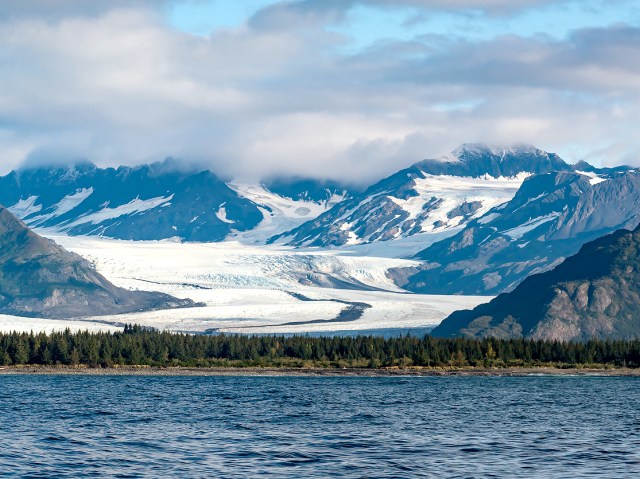
With a name like Cold Bay and a location in the remote Aleutian Islands of Alaska, it’ll come as little surprise that this city experiences some adverse weather conditions. The windiest season here lasts for over seven months, from mid-September well into April, with wind speeds topping out at an average of 18.2 miles per hour in November. One of the main reasons for this is the Aleutian Low, a region of low pressure situated close to the islands, where sub-polar cyclones reach their greatest strength. Also known as the Cradle of the Storm, the region is among the stormiest areas in the North Pacific. These storms typically blow eastward over Cold Bay and other settlements in the islands.
Anyone who does make the trek to Cold Bay will be welcomed by a spectacular natural landscape made up of volcanoes, glaciers, tundra uplands, and icy lagoons. Wildlife such as brown bears, caribou, foxes, shorebirds, and waterfowl make up the Izembek National Wildlife Refuge just outside of town. In addition to visiting the refuge, be sure to hop on a ferry and be blown away (pun intended) by the beauty of the Aleutian Islands.
Rio Gallegos, Argentina

Also in the wilderness of Patagonia, but this time on the Argentinean side, is the riverside city of Río Gallegos. The city sits just inland from where the Gallegos River empties out into the frigid waters of the South Atlantic Ocean. With an exposed and low-lying location, it’s windy here year-round. The most affected months are from mid-October to late March, when wind speeds average just over 15 mph, but the rest of the year is by no means calm. The city frequently sees gusts of 60 mph and above throughout the year.
While Río Gallegos is certainly remote, for dedicated adventurers, it’s a useful stopover on a journey to see the mystical landscapes of Argentina’s southernmost Tierra del Fuego province. Around the city are a number of interesting sights, such as the Eduardo Minnicelli Art Museum, which showcases the works of local artists. It’s possible to spot Megellanic penguins, too, at the Cabo Virgenes Nature Reserve.
Wellington, New Zealand
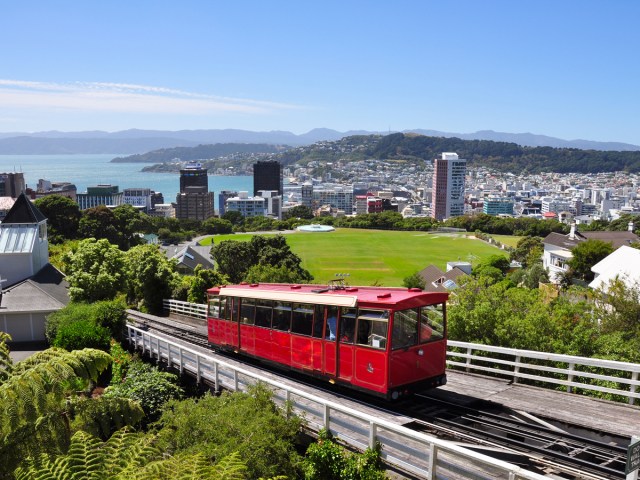
Set on the southwestern point of New Zealand’s North Island is Wellington, the national capital and the world’s southernmost capital city. It also frequently tops lists of the world’s windiest cities, hence its nickname “Windy Wellington.” On average, the wind blows at 16 mph here, primarily due to the city’s location on the Cook Strait, which acts as a wind tunnel through which ocean breezes build strength. The rugged mountainous surroundings also cause local variations in wind strengths. Some of the strongest gusts ever recorded are 124 mph in the Kelburn suburb in 1968 and 133 mph at nearby Hau Nui Wind Farm in 1998.
The wind does little to deter visitors from making the journey to this remote city in the South Pacific, however. Travelers come to ride the historic red Wellington Cable Car from Lambton Quay to Kelburn and Wellington Botanic Garden. Don’t miss the panoramic views from the top of blustery Mount Victoria or delving into Mauri and colonial history at Te Papa. When that’s all done, the artisanal bakeries, brewpubs, chocolatiers, and pizzerias along Hannahs Laneway provide a tasty refuge from the constant breeze.






